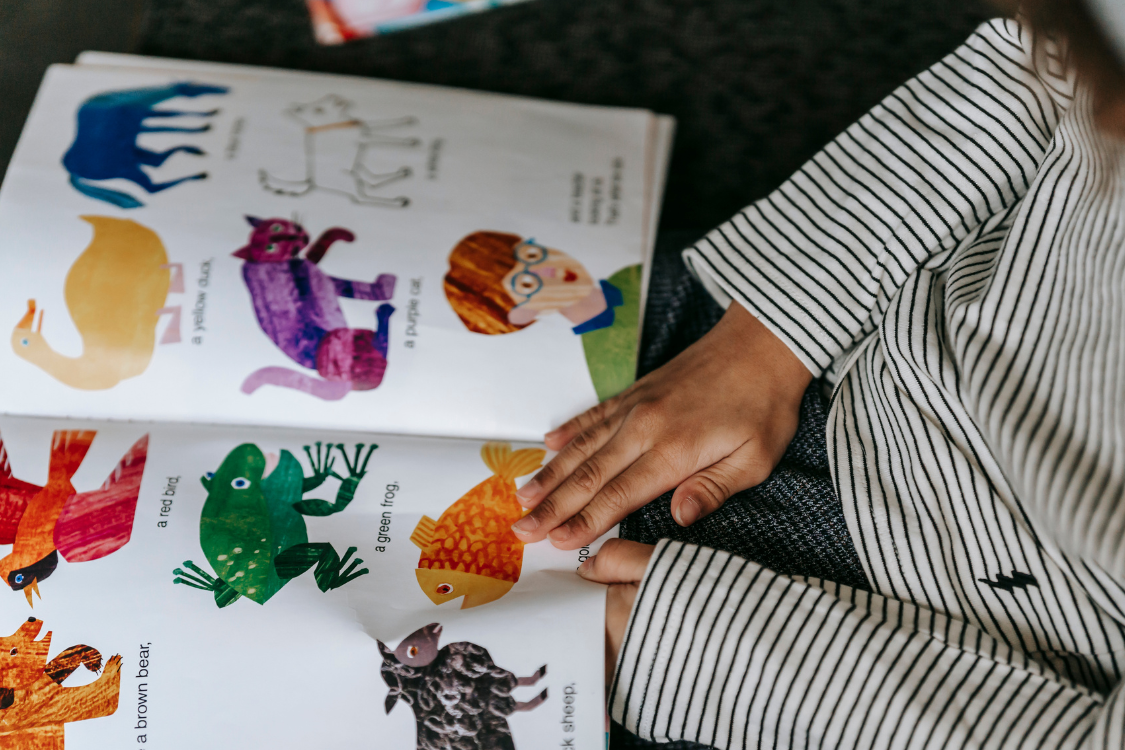The relationship between reading and writing instruction has undergone a significant transformation in American education over the past century. Historically, the reading-writing connection was overlooked, as these two fundamental literacy skills were taught separately, with writing instruction often delayed until reading skills were firmly established. This separation stemmed from several factors:
- Societal values that prioritized reading over writing
- Political divisions between reading and writing educators
- Developmental theories that positioned writing as dependent on prior reading achievement
However, modern research has fundamentally shifted our understanding of how reading and writing develop and interact. Rather than viewing them as sequential skills, current evidence suggests they are reciprocal processes that develop simultaneously and support each other’s growth. This shift represents more than just a theoretical evolution—it has profound implications for how we teach literacy skills to students at all levels.
Theoretical Foundation
The connection between reading and writing is grounded in their shared cognitive and linguistic foundations. There are four fundamental types of knowledge that both readers and writers must use:
Metacognitive Knowledge
Studies have consistently shown that both reading and writing rely on metacognitive understanding—knowledge about how language and texts work. This includes:
- Understanding the purposes of reading and writing
- Recognizing how readers and writers interact
- Monitoring comprehension and production strategies
- Evaluating one’s own understanding and performance
Domain Knowledge
This encompasses:
- Prior knowledge readers bring to texts
- Content knowledge gained through reading
- Vocabulary and word meanings
- Understanding created through connected text
Universal Text Attributes
Perhaps the most extensively researched area of shared knowledge involves universal text attributes. These include:
- Graphophonics (letter-sound relationships)
- Syntactic knowledge (grammar and sentence structure)
- Text format and organization
- Discourse structures (like story grammar)
Procedural Knowledge
The fourth category involves knowing how to access and use the other types of knowledge effectively. This includes both automatic processes and intentional strategies for engaging with text.
Evolution of Reading-Writing Theories
The theoretical understanding of reading-writing relationships has evolved significantly. Early developmental theories, such as Gesell’s (1925), viewed writing as entirely dependent on reading development. This led to educational practices that delayed writing instruction until reading skills were established.
Modern cognitive theories, influenced by the “cognitive revolution” in psychology, began to recognize the active role of both readers and writers in constructing meaning. Tierney and Pearson’s (1983) influential work suggested that readers compose meaning much like writers compose text, leading to increased attention to the cognitive similarities between these processes.
Most recently, interactive models have gained prominence. Shanahan and Lomax’s research using LISREL analyses demonstrated that reading and writing influence each other in a dynamic relationship. Their “interactive model” showed that knowledge gained in either domain can transfer to the other, though the specific patterns of interaction change with development. Early literacy development shows strong connections between word recognition and spelling, while later development reveals the increasing importance of structural knowledge.
This theoretical evolution has led to a more nuanced understanding of how reading and writing work together. It suggests that while they share important cognitive resources, they are distinct processes that can best be developed through integrated, targeted instruction. This understanding sets the stage for exploring the specific research evidence for reading-writing connections and their practical implications for instruction.
Research Evidence for Reading-Writing Connections
The relationship between reading and writing has been examined through multiple research approaches, each providing unique insights into how these skills interact and support each other. Let’s explore the key findings from correlation studies, experimental research, and neurological investigations.
Correlation Studies
Decades of correlational research, dating back to the 1930s, have consistently shown moderate relationships between reading and writing abilities. Most studies find correlations ranging from .20 to .50, indicating that reading and writing typically share between 4% and 25% of their variance. While these correlations are significant, they also suggest that reading and writing are not identical processes.
Limitations of correlational studies include:
- Often small sample sizes (fewer than 50 participants)
- Focus on single time points rather than development over time
- Typically examine only bivariate relationships
- Potential influence of common moderator variables like IQ and language ability
However, more sophisticated multi-variable studies have revealed stronger connections. Some research, using multiple measures of both reading and writing, found shared variance up to 50%—significantly higher than single-measure studies but still indicating considerable independence between the skills.
Experimental Studies
Intervention research has provided compelling evidence for the transferability of skills between reading and writing. Notable findings include:
- Clarke’s (1988) study shows that first graders using invented spelling improved their word recognition skills
- Santa & Hoien’s (1999) research demonstrated that guided writing activities enhanced word recognition
- Studies show that sentence-combining practice in writing improved reading comprehension at the sentence level
Longitudinal studies have revealed that the nature of reading-writing relationships changes over time. Early connections center primarily on word-level skills (phonics and spelling), while later relationships involve more complex text structures and comprehension strategies.
Neurological Research
Brain imaging studies and research with individuals with brain injuries have provided important insights into the cognitive architecture of reading and writing. Key findings include:
- Evidence of both shared and distinct neural pathways for reading and writing
- Cases of selective impairment where individuals can read but not write, or vice versa
- Different patterns of brain activation during reading versus writing tasks
The Importance of Separability
Despite their connections, reading and writing maintain important distinctions that affect both learning and instruction.
Distinct Cognitive Processes
Reading and writing differ fundamentally in their starting points and cognitive demands:
- Readers begin with the author’s words and must decode meaning
- Writers start with their ideas and must encode them into text
- Writing typically requires more active decision-making about language choices
- Reading involves recognition, while writing requires production
This distinction is particularly evident in phonics, where readers encountering the letter combination ‘sh’ need only produce one sound, while writers hearing the /sh/ sound must choose among multiple spelling options (ship, sugar, nation, special).
Performance Variations
Research has identified distinct groups of learners with varying profiles:
- Good readers/poor writers
- Good writers/poor readers
- Consistently strong or weak in both areas
These variations suggest that while reading and writing share common knowledge bases, they also require distinct skills and processes that must be explicitly taught.
How Reading Improves Writing
The relationship between reading and writing is perhaps most evident when examining how reading experience shapes writing development. Far from being a passive process, reading actively builds the mental frameworks and linguistic resources that writers draw upon in their own composition.
Language Patterns
Reading extensively exposes writers to the patterns and possibilities of written language in ways that direct instruction alone cannot achieve. Through wide reading, writers internalize the rhythms and structures of written language. They begin to understand how sentences can be crafted, extended, and combined to create different effects. This syntactic knowledge shows up in their own writing as they experiment with more complex sentence structures and varied patterns of expression.
Vocabulary development through reading is particularly powerful. Research indicates that the vast majority of sophisticated vocabulary—up to 90%—is acquired through reading rather than direct instruction. As readers encounter words in meaningful contexts, they develop not just definitional knowledge but a deeper understanding of connotation, register, and appropriate usage. This enriched vocabulary manifests in their writing through more precise word choice and greater linguistic flexibility.
Perhaps most subtly but significantly, extensive reading develops writers’ awareness of style. Through exposure to various authors and texts, writers begin to recognize how voice, tone, and rhetorical choices shape meaning. They learn to appreciate the artistry of well-crafted prose and begin to experiment with these techniques in their own writing.
Text Structure Knowledge
Reading across genres provides writers with essential knowledge about how texts are constructed. As readers encounter different types of writing—from narratives to arguments to explanations—they understand how various texts are organized to achieve their purposes. This genre knowledge becomes a crucial resource when they approach their own writing tasks.
Consider how reading helps writers understand organizational patterns. Through reading, writers learn that there isn’t just one way to structure an argument or tell a story. They see how different organizational choices create different effects and serve different purposes. This knowledge allows them to make more intentional choices in their own writing, selecting structures that best serve their purposes and audiences.
The study of an author’s craft through reading is particularly valuable for developing writers. By paying attention to how accomplished authors engage readers, develop ideas, and create coherent texts, writers build a repertoire of techniques they can employ in their own work. This isn’t about simple imitation but about understanding the principles that make writing effective.
Instructional Implications
Understanding how reading influences writing should reshape our approach to literacy instruction. Rather than teaching reading and writing as separate subjects, we need instructional approaches that help students make connections between these reciprocal processes.
Effective integration of reading and writing instruction begins with thoughtful planning. Teachers might start a writing unit by studying mentor texts that exemplify the type of writing students will produce. This allows students to analyze how skilled writers approach similar tasks before attempting their own composition. During the writing process, students can return to these mentor texts to study specific techniques or features they want to incorporate into their own work.
Reader response activities provide another powerful connection between reading and writing. Students engage more deeply with both processes when they write about their reading—whether through journals, analytical essays, or creative responses. Writing about reading requires students to examine texts more carefully and articulate their understanding more precisely. This deeper engagement enhances both reading comprehension and writing development.
Writing-to-learn strategies extend beyond traditional reader responses to include various writing activities to deepen understanding of texts. Students might write summaries to consolidate their understanding, compose analytical pieces to explore authors’ techniques or create synthesis pieces that connect ideas across multiple texts. These activities develop reading comprehension and writing skills while helping students see how the two processes support each other.
Through careful text analysis and guided writing practice, students learn to read like writers and write like readers. This dual perspective enhances both skills and helps students develop a more sophisticated understanding of how texts work. The key is providing sufficient scaffolding and support while maintaining high expectations for growth in both areas.
Growth on All Fronts
As we continue to understand more about how reading and writing interact, one thing becomes clear: these fundamental literacy skills are best developed together, supporting and enhancing each other throughout a student’s educational journey. The challenge for educators is to create instructional approaches that leverage these connections while respecting the unique demands of each process.
Want more insights like these? Sharpen your skills as an educator or parent by staying tuned in to the Phonics.org blog.










